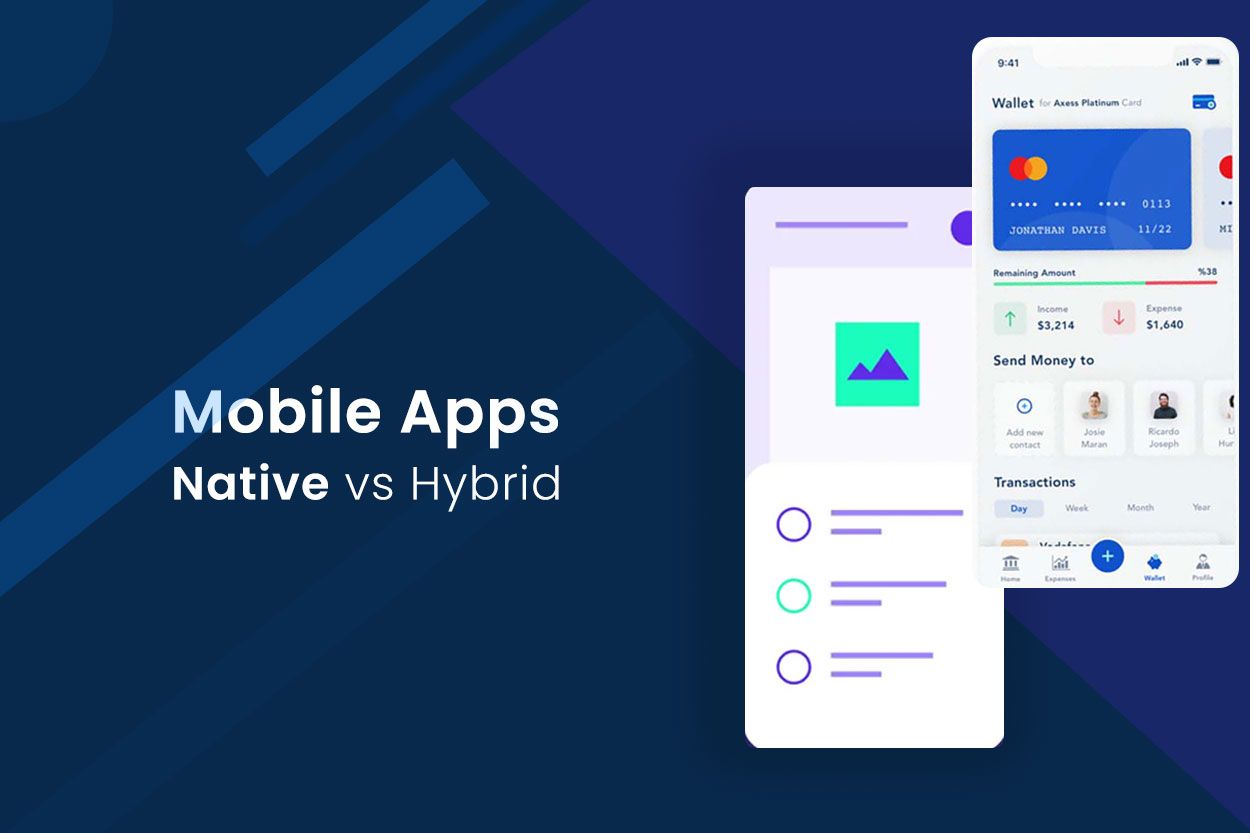


Smartphones have become a staple nowadays. Everyone has grasped and become a friend in every daily activity. So, what do smartphones have to do with the topic that will be discussed, which is the differences between Native and Hybrid applications?
Before proceeding, it is important to understand that the marketing opportunities for products delivered through smartphone apps have huge potency. A complex website is no longer suitable for maximizing the user experience as it will result in slow performance when accessed on a smartphone browser, Native and Hybrid apps development and designed specifically to address this issue.
Investors and entrepreneurs must understand the differences between native and hybrid mobile applications before deciding which to create. In our previous article, we discussed popular frameworks for mobile app development. Learn about the differences between native and hybrid apps and the pros and cons of each.
Native apps are specialized apps specific to a single mobile operating system. For Android development, native apps utilize the Java programming language and are enhanced by the JetBrains software development team named Kotlin. Google adopts the Kontlin programming language as the official language for Android application development. If entrepreneurs opt for native applications, they require a higher budget since such apps have unique features and can only be installed on specific operating systems. Swift, developed by the Apple team, is used as the programming language while developing iOS applications.
Pros of Native Applications:
Developing applications that are specifically designed for a particular operating system to achieve maximum performance optimization. Creating Native applications offers many benefits, which will be explained in detail below:
Cons of Native Apps:
Conversely, hybrid apps are applications developed using web technologies that can be installed on mobile devices with different operating systems, such as iOS and Android.
React Native, Flutter, Ionic, and Framework7 are the most commonly used programming languages to build mobile apps.
Pros of Hybrid Applications:
Cons of Hybrid Apps:
Conclusion
Determining between Native Apps and Hybrid Apps depends on multiple factors, such as the project scale, development budget, and target market. The target market typically targets smartphone users of an operating system such as Android or iOS only.
Native apps are suitable for apps that require performance and full access to device features, while hybrid apps can be a more economical and faster development option.